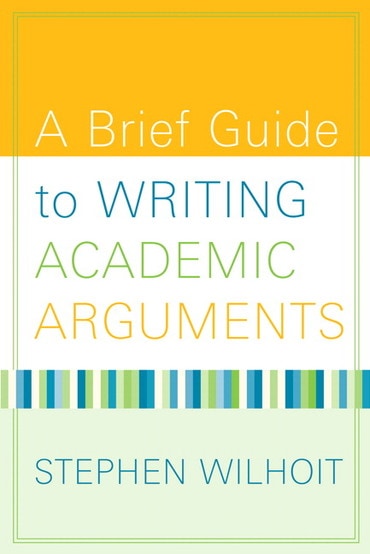
Brief Guide to Writing Academic Arguments, A, 1st edition
Published by Pearson (December 17, 2008) © 2009
- Stephen Wilhoit The University of Dayton
Price Reduced From: $106.65
This product is expected to ship within 3-6 business days for US and 5-10 business days for Canadian customers.
Title overview
A Brief Guide to Writing Academic Arguments prepares students to read and write the types of argument-related source-based writing they are most likely to encounter in college.
A Brief Guide offers an introduction to argumentation, critical reading, and argument-related source-based writing. The instruction is firmly based in both writing process and rhetorical theory, offering step-by-step advice on producing effective, persuasive, conventionally sound arguments for academic audiences and purposes.
A Brief Guide offers a complete argument course with an introductory chapter on Classical Argument, a highly-praised simplified approach to Toulmin, and four chapters on claim types rounded out with chapters on rhetorical analysis and visual argument. Professional and student essays drawn from disciplines across the curriculum help students understand the nature of academic arguments; how to analyze and evaluate arguments; how academic writers form, support, and explain claims; and how they use source material as evidence.
